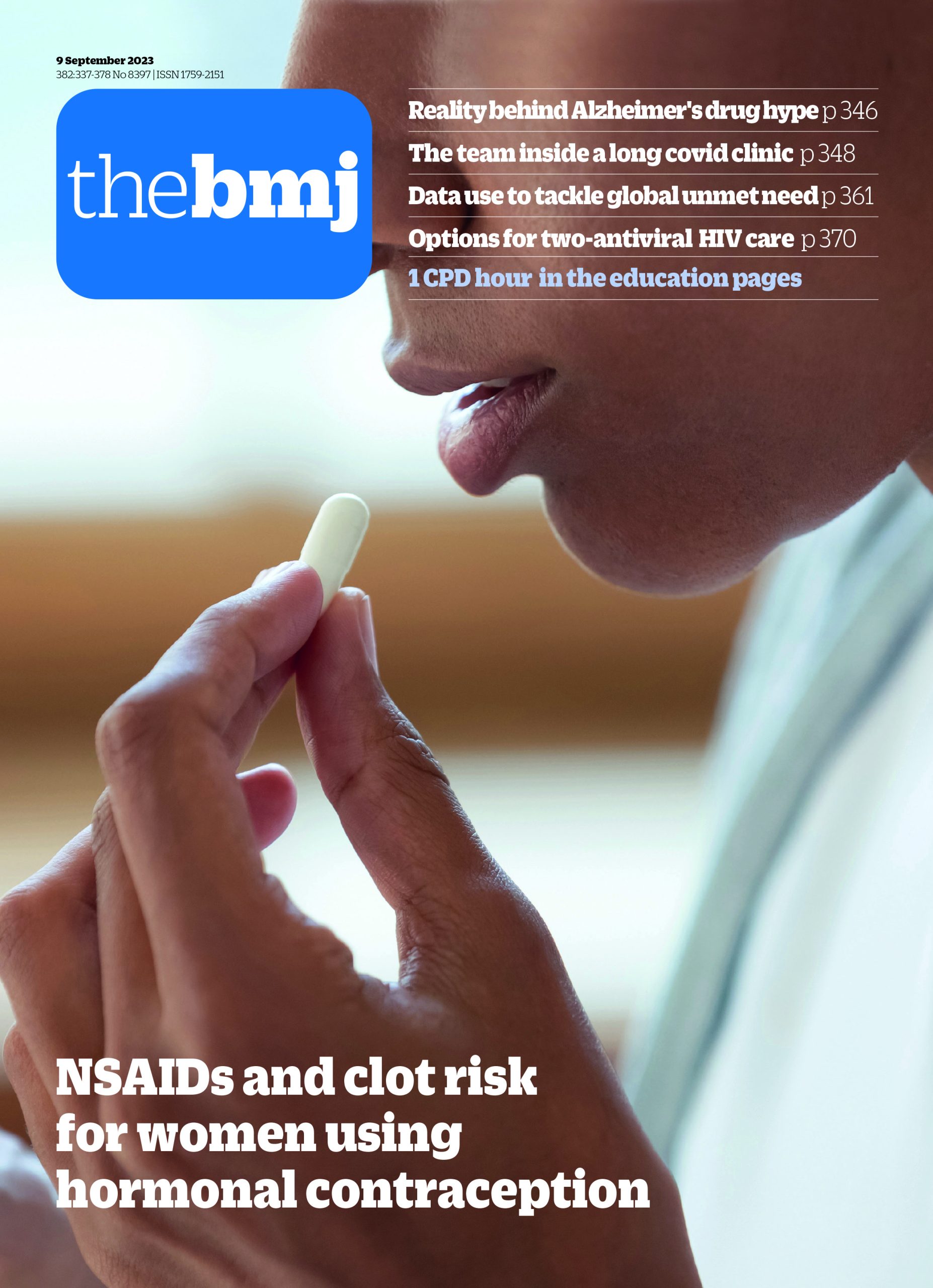Congenital disorders
Management of epilepsy during pregnancy and lactation
- Omotola A Hope, staff neurologist1,
- Katherine MJ Harris, professor of neurology2
- 1Houston Methodist Sugarland Neurology Associates, Houston, TX, USA
- 2Department of Neurology, McGovern Medical School at UTHealth, Houston, TX, USA
- The authors contributed equally as co-first authors
- Corresponding author: Omotola A Hope oahope{at}houstonmethodist.org; tolahope{at}gmail.com
ABSTRACT
Epilepsy is a group of neurological diseases characterized by susceptibility to recurrent seizures. Antiseizure medications (ASMs) are the mainstay of treatment, but many antiseizure medications with variable safety profiles have been approved for use. For women with epilepsy in their childbearing years, the safety profile is important for them and their unborn children, because treatment is often required to protect them from seizures during pregnancy and lactation. Since no large randomized controlled trials have investigated safety in this subgroup of people with epilepsy, pregnancy registries, cohort and case-control studies from population registries, and a few large prospective cohort studies have played an important role. Valproate, in monotherapy and polytherapy, has been associated with elevated risk of major congenital malformations and neurodevelopmental disorders in children born to mothers who took it. Topiramate and phenobarbital are also associated with elevated risks of congenital malformations and neurodevelopmental disorders, though the risks are lower than those of valproate. Lamotrigine and levetiracetam are relatively safe. Insufficient data exist to reach strong conclusions about the newest antiseizure medications such as eslicarbazepine, perampanel, brivaracetam, cannabidiol, and cenobamate. Besides antiseizure medications, other treatments such as vagal nerve stimulation, responsive neurostimulation, and deep brain stimulation are likely safe. In general, breastfeeding does not appear to add any additional long term risks to the child. Creative ways of optimizing registry enrollment and data collection are needed to enhance patient safety.
Footnotes
-
State of the Art Reviews are commissioned on the basis of their relevance to academics and specialists in the US and internationally. For this reason they are written predominantly by US authors.
-
Patients were not directly involved in the creation of this article.
-
Competing interests: We have read and understood the BMJ policy on declaration of interests and declare the following interests: none.
-
Contributorship statement and guarantor: Both authors participated in the literature search, reviewing the literature, as well as conception, drafting, and revising the manuscript. Both authors accept full responsibility for the work, had access to the data, and controlled the decision to publish. Both authors act as guarantors.
-
Funding: No funding was given to this study.
-
Provenance and peer review: commissioned; externally peer reviewed.

